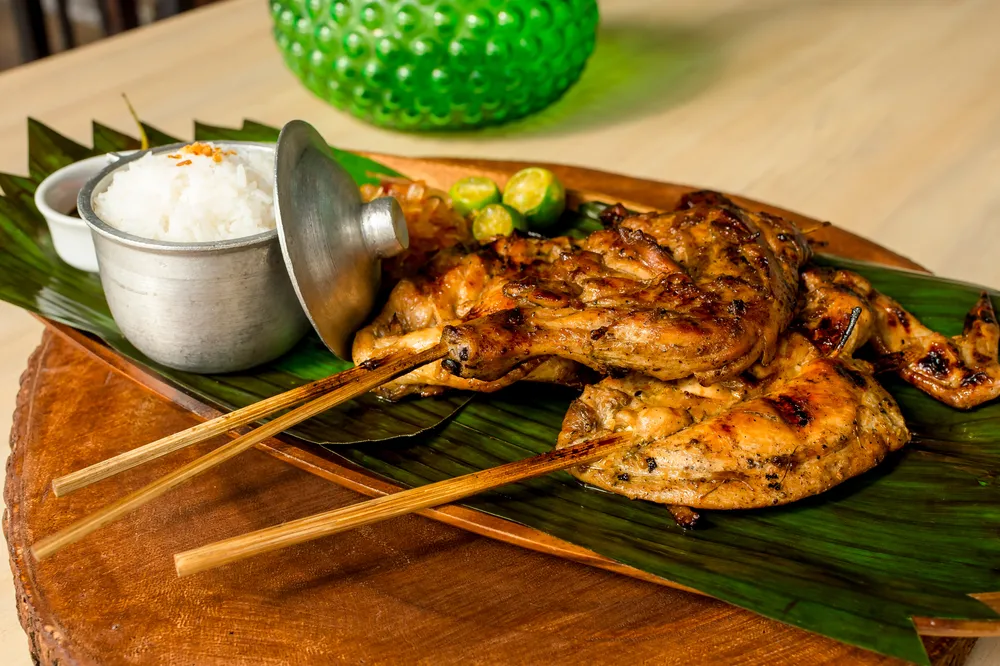Cool and Interesting Things about the Philippines' colorful food culture

The Philippines has always been known for its gorgeous beaches, but it won’t be long before it reaches global status because of its cuisine, too. To better appreciate what makes Pinoy food so unique, here’s a list of interesting things about the country’s colorful food culture.
1. There’s no shortage of flavor.
Marinated in all sorts of spices for hours, Pinoy dishes like the famous adobo or the classic Bicolano laing are so thoroughly infused with flavor, they leave your taste buds tingling. No wonder they’re always served with rice. If you want to try this, you may want to consider staying at Go Hotels Plus Naga.
2. Each dish has a different story to tell.
Filipino cuisine is heavily influenced by many different cultures. From the Chinese came pancit (a noodle dish), from the Spaniards came lechon (roasted suckling pig), from the Americans came hamburgers. While these hybrid dishes have long assimilated into the Pinoy kitchen, they also give people a glimpse into the country’s storied past.
3. There over 20 kinds of noodles dishes.
Rice may be a perennial Pinoy favorite, but pancit is a close second. In fact, in the Philippines, there are over 20 types of pancit to choose from, with different cities having their own take on the Pinoy staple. Ilocos has the pancit batchoy, while Iloilo boasts of their pancit miki.
4. Duck embryos are considered a delicacy.
The balut is one of the most talked about street food in the Philippines. It’s a developing bird embryo that is boiled and best enjoyed with a dash of rock salt or spicy vinegar. Albeit very intimidating at first, eating balut is actually quite pleasant, and once people get over the grossness factor, they usually go back for seconds.
5. Desserts can also be a meal in itself.
The saying that there’s always room for dessert holds true for Filipinos, but did you know that a Pinoy dessert can actually pass off as a meal in itself? In fact, a typical Filipino afternoon is best spent with a cup of coffee and baked pastries like ensaymada (sweet bread with sugar and butter) or a colorful platter of kakanin (rice cakes).
6. Street food is for everyone.
Street food vendors can be found almost anywhere in the Philippines—from the early morning vendors selling balut and taho (soft tofu with arnibal or caramelized brown sugar syrup and pearls) to small stall owners selling fish balls, squid balls, and quail eggs. And if you think that street food is only for the regular Juan, think again. These days, gourmet versions of local street food are sold in trendy restaurants as well.
7. Heads or tails, there’s a Filipino dish for them.
Filipinos have recipes for almost every part of an animal. A pig’s leg is turned into crispy pata, a pig’s face is turned into dinakdakan, a chicken’s intestines become isaw while its liver and gizzard become adobong atay and balunbalunan. Even pig’s blood becomes dinuguan. While these dishes sound like something you’d only eat on a dare, they’re actually quite tasty and are well-received not only by Filipinos, but also by travelers who visit the Philippines.
8. There’s always some kind of seasoning on the table.
Filipinos like playing around with flavor, as evidenced by the amount of sawsawan (dipping sauces) we have. There’s chilimansi (chili + calamansi), toyomansi (soy sauce + calamansi), bagoong (fish paste), spiced vinegar, and more. While Filipino food is already delicious on its own, these dipping sauces add an extra punch.
The Philippines has such a diverse food culture that no matter where you go, you’ll always find something new and interesting. Luckily, Go Hotels has over 14 branches in the whole country, so whether you want to explore Manila’s food scene or check out what’s cooking down south, there’s a Go Hotels branch that you can make your home.




























